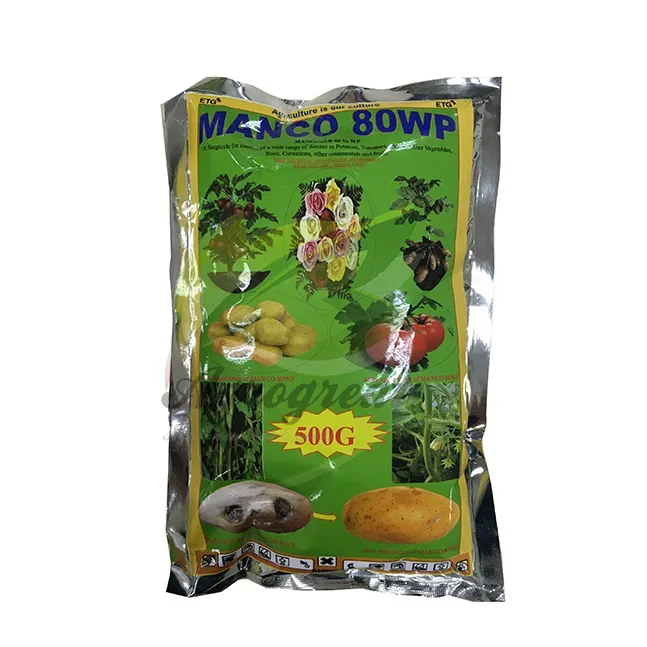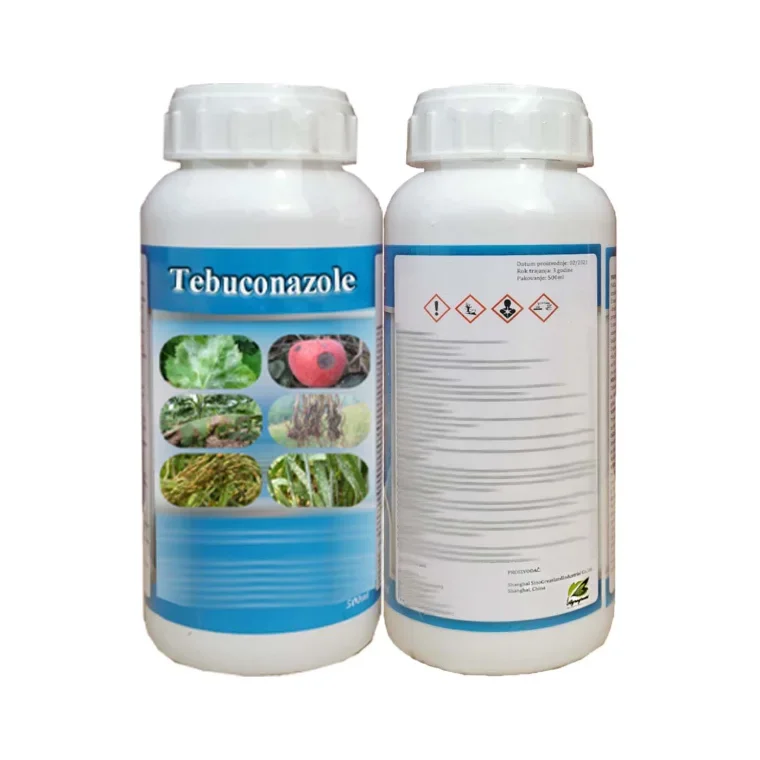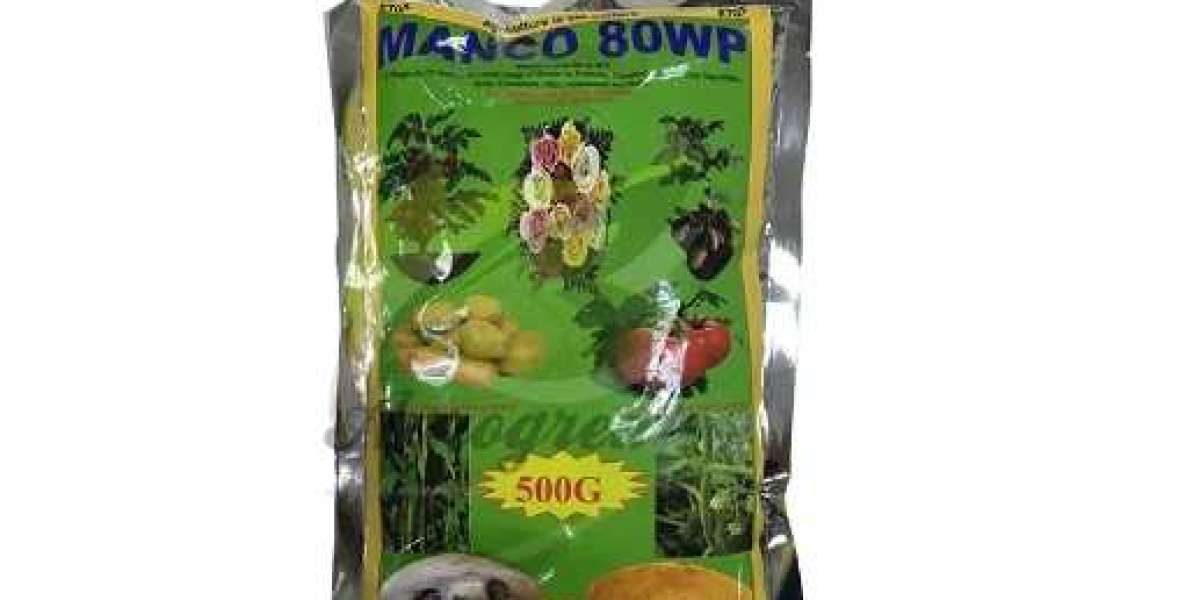Fungal diseases pose a significant threat to crop productivity and food security worldwide. Fungicides have long been a crucial tool in disease management strategies, providing effective control against various pathogens. However, the emergence of fungicide resistance has become a growing concern for farmers and agricultural professionals. In this article, we will explore the challenges associated with fungicide resistance and discuss strategies for effective disease control. AGROGREAT GROUP, a leading provider of agricultural solutions, is committed to addressing these challenges and helping farmers overcome them.
I. Understanding Fungicide Resistance
Fungicide resistance occurs when a population of fungi evolves and becomes less susceptible to the effects of a particular fungicide. This resistance can develop due to various factors, including genetic mutations, selection pressure, and improper fungicide use. It is crucial to understand the mechanisms behind fungicide resistance to develop effective control strategies.

II. Factors Contributing to Fungicide Resistance
A. Genetic Mutations: Fungi have the ability to mutate and develop genetic variations that make them less susceptible to fungicides. These mutations can occur naturally or be induced by repeated exposure to the same fungicide.
B. Selection Pressure: Continuous and excessive use of a specific fungicide can exert selection pressure on fungal populations, favoring the survival and proliferation of resistant strains.
C. Improper Fungicide Use: Inadequate application techniques, incorrect dosage, and failure to rotate or mix different fungicides can contribute to the development of resistance.
III. Challenges Posed by Fungicide Resistance
A. Reduced Efficacy: Fungicide resistance reduces the effectiveness of disease control measures, leading to decreased crop yields and economic losses for farmers.
B. Limited Fungicide Options: As resistance develops, the number of effective fungicides diminishes, limiting the available options for disease management.
C. Increased Costs: Farmers may need to invest in alternative disease control methods or more expensive fungicides, increasing production costs.

IV. Strategies for Effective Disease Control
A. Integrated Pest Management (IPM): Implementing IPM practices can help reduce reliance on fungicides and minimize the risk of resistance. This approach involves combining various control methods, such as cultural practices, biological control agents, and resistant crop varieties.
B. Fungicide Rotation and Mixtures: Regularly rotating different fungicides with different modes of action can help prevent the buildup of resistant fungal populations. Additionally, using fungicide mixtures with multiple active ingredients can enhance control efficacy and reduce the risk of resistance.
C. Monitoring and Early Detection: Regular monitoring of crops for disease symptoms and timely detection of fungal infections are crucial for effective disease control. Early intervention can prevent the spread of resistant strains and minimize the need for extensive fungicide applications.
D. Education and Training: Providing farmers with education and training on proper fungicide use, application techniques, and resistance management strategies is essential for promoting responsible fungicide use and minimizing resistance development.

Conclusion
Fungicide resistance poses significant challenges to effective disease control in agriculture. However, by understanding the factors contributing to resistance and implementing appropriate strategies, farmers can mitigate these challenges. AGROGREAT GROUP is dedicated to supporting farmers in their fight against fungal diseases, offering innovative solutions and expert guidance to ensure sustainable and effective disease management.







